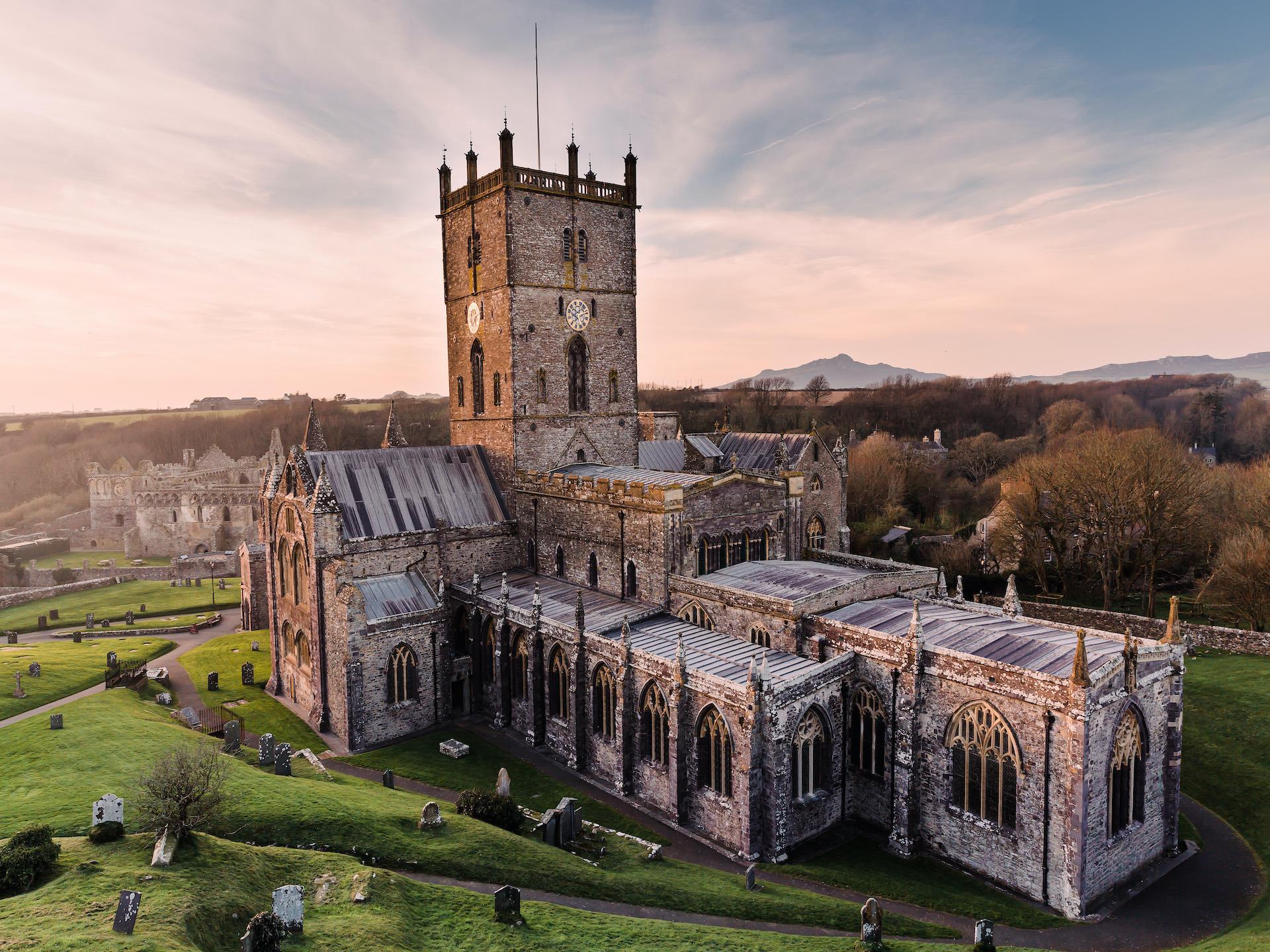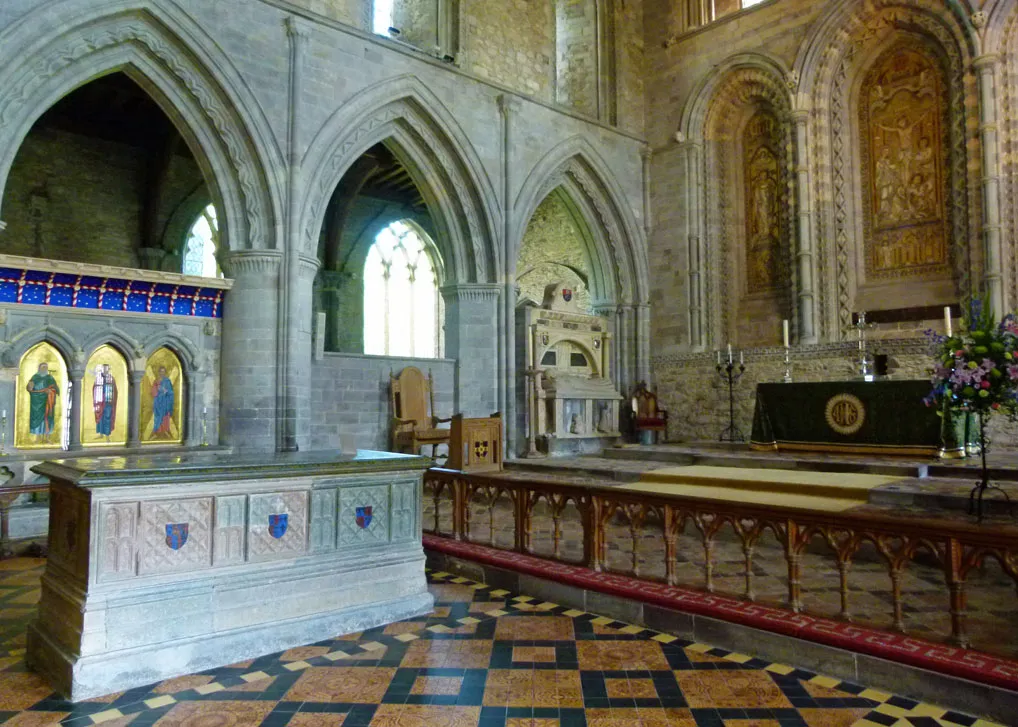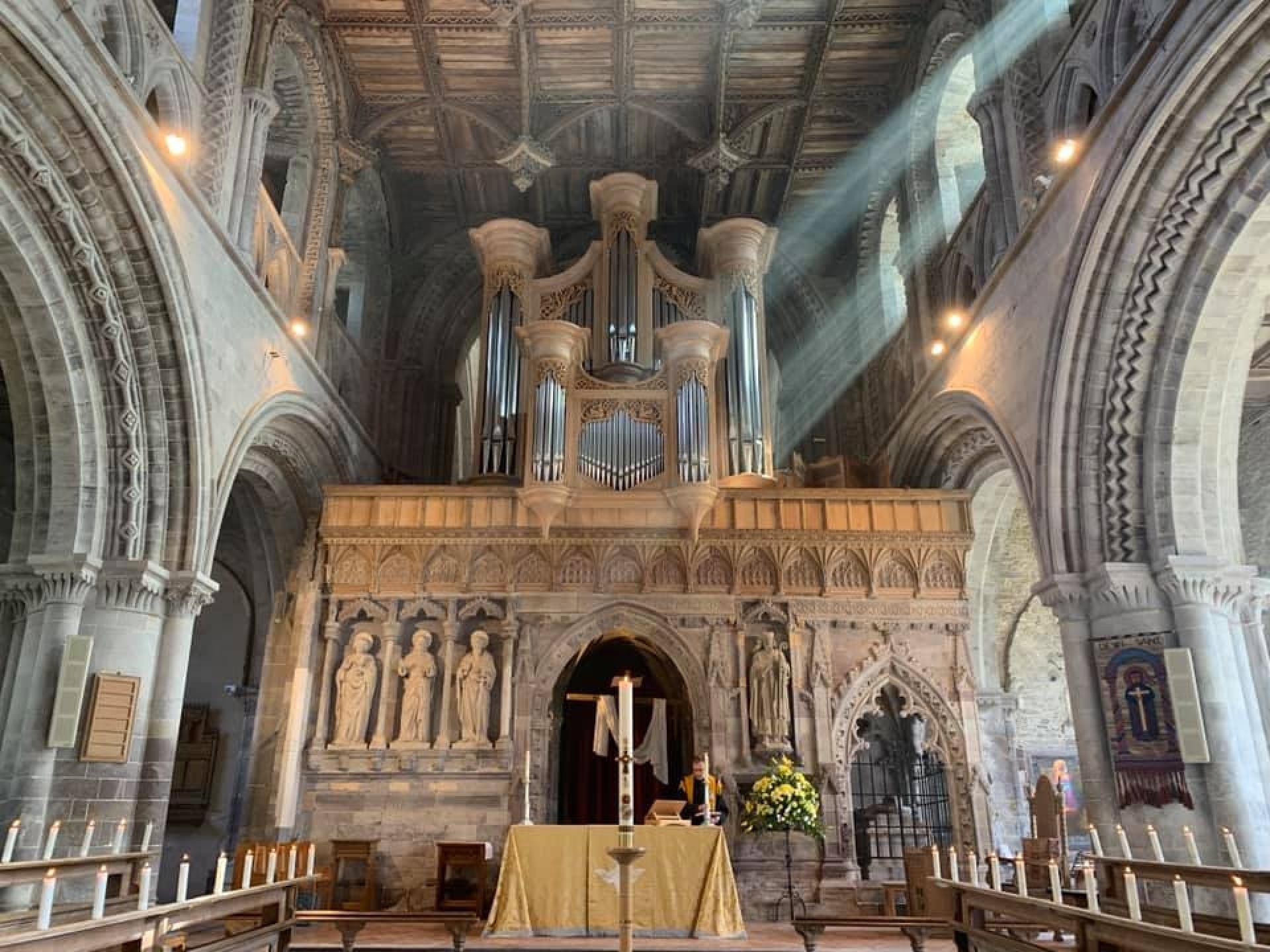David was born in 462 as the son of King Sant of South Wales and his wife, Saint Non in the area of Henfynyw. He was also the grandson of Ceredig ap Cunedda, King of Ceredigion.
His education came from the Henfynyw Monastery in Cardigan. He studied Latin, mathematics, astronomy, and music. He then went to the Isle of Wight to study Theology for the priesthood under Saint Paulinus, a Welsh scribe.
As a traveling priest, he founded monastic settlements and churches in Wales, Dumnonia, and Brittany. He ended his travels in Menevia and founded an Abbey in the Glyn Rhosyn valley of Pembrokeshire, which was known for its solitude, almost cut off from the rest of the island. It is where he trained monks for priesthood.
Those wanting to join his monastery were to wait outside for 10 days during which time he was tried by harsh words, repeated refusals, and painful labors, that he might learn to die to himself. When he was admitted, he left all of his worldly possessions and substance behind him.
They followed a very strict rule of “in the spirit of penance” and every moment of the day had its duties. While wearing animal skins, they labored in the fields without the use of animals and with only one meal a day. Speaking was severely restricted, and they were to pray at all times.
The Pelagius heresy arose through a non-clergy religious leader prior to Saint David’s birth. In the 5th century it was widespread in Britain, was suppressed, and then sprang up again. The Synod of Brefi took place to combat it once again and Saint David was invited to attend. With few words, he not only put down the heresy but impressed upon those present so much so that he was elected Primate of the Cambrian church unanimously. The existing primate resigned in Saint David’s honor. He accepted on the condition that the office be transferred to his home monastery.
After a vision, he traveled to Jerusalem in a pilgrimage. Upon his return he assembled a Synod of Victory for the end of the heresy and to ratify a set of rules for the “regulation of the British Church”.
The date and cause of his death is unknown but tradition holds that it was on March 1st which is now marked as Saint David’s Day, but it is said that his last words were a sermon to the monks, “Be joyful, and keep your faith and your creed and do the little things that you have seen me do and heard about.”
He is buried at the Saint David’s Cathedral in Pembrokeshire, where his shrine was a popular pilgrimage during the Middle Ages.
He is the patron saint of Wales, Pembrokeshire, Naas, and poets.
His feast day is March 1.
For God’s Glory.
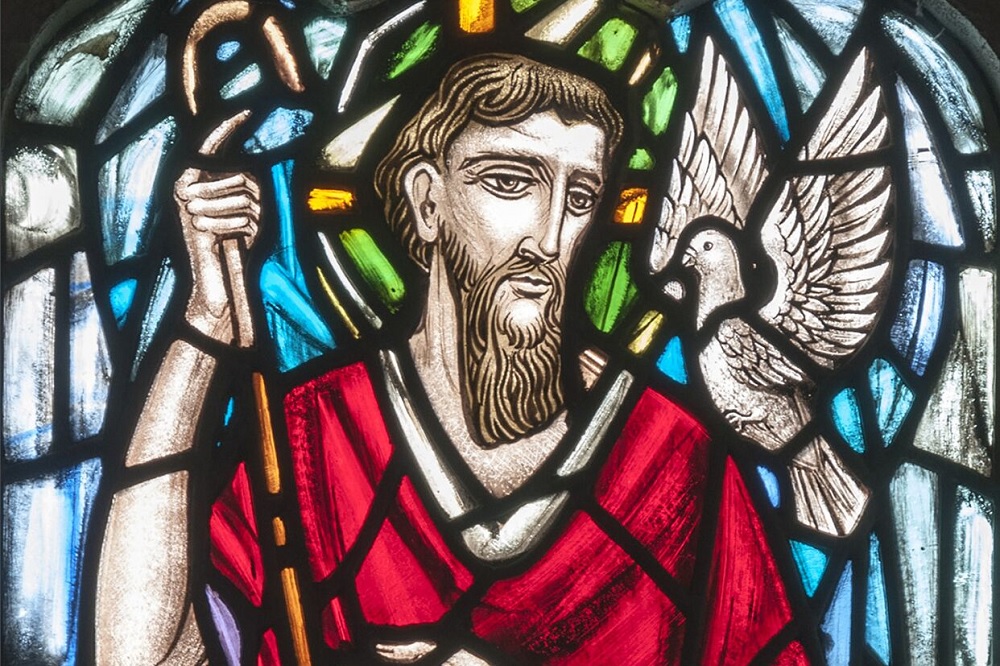
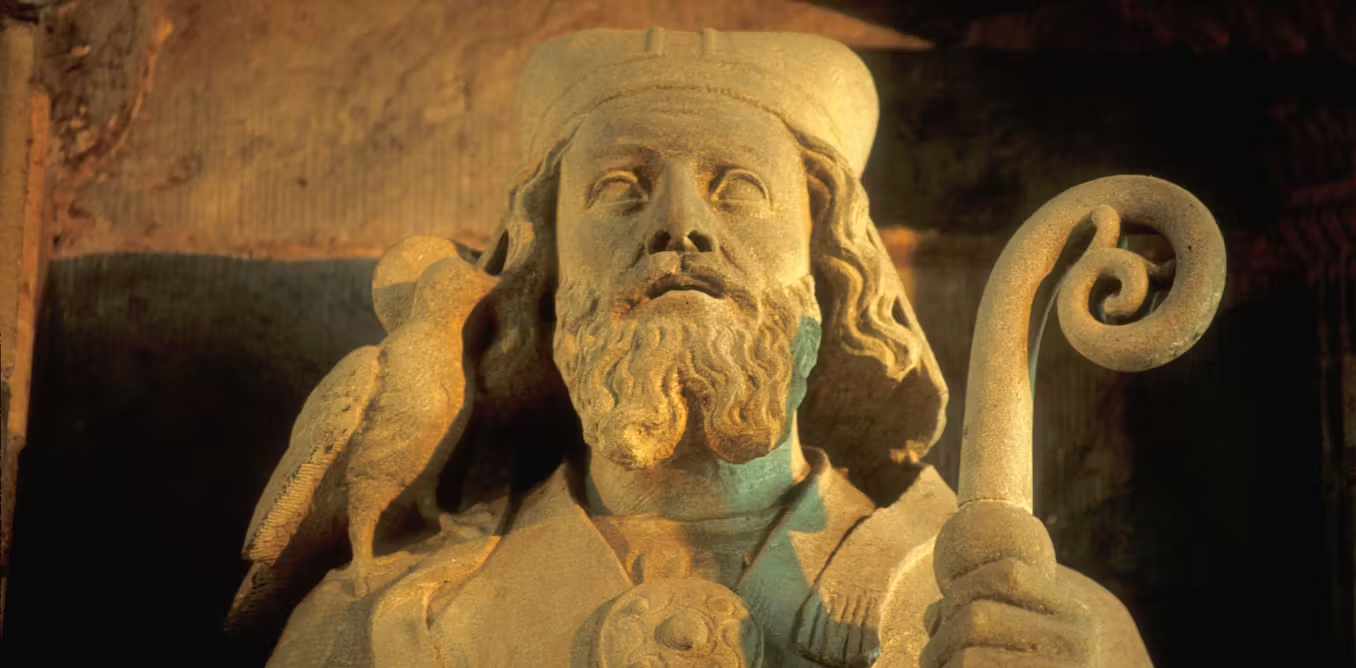
Shrine of Saint David: Eglwys Gadeiriol Tyddewi – Saint Davids Cathedral, Haverfordwest, Wales
